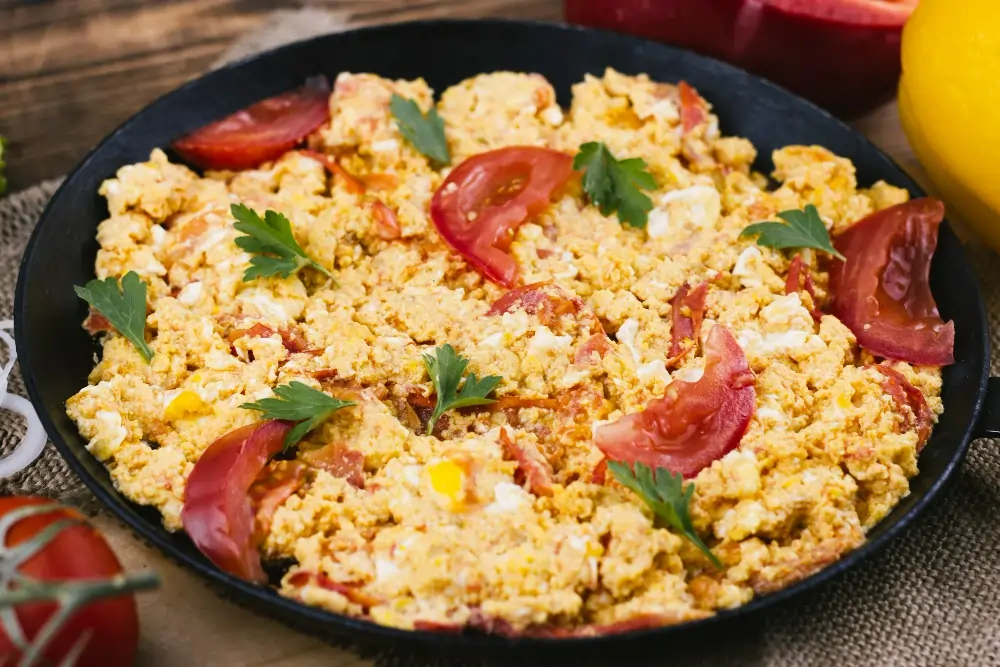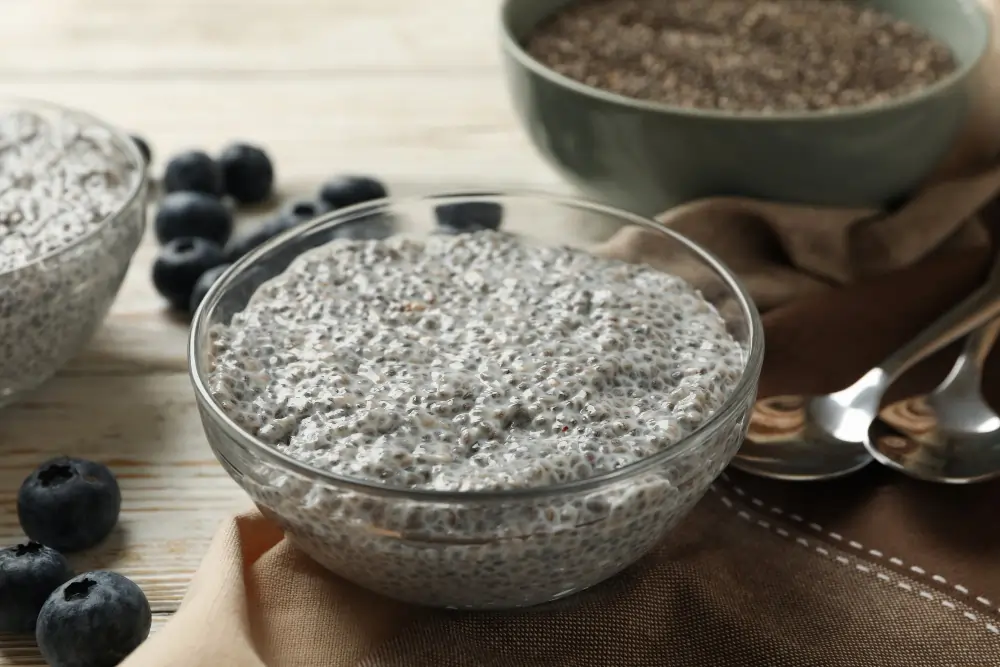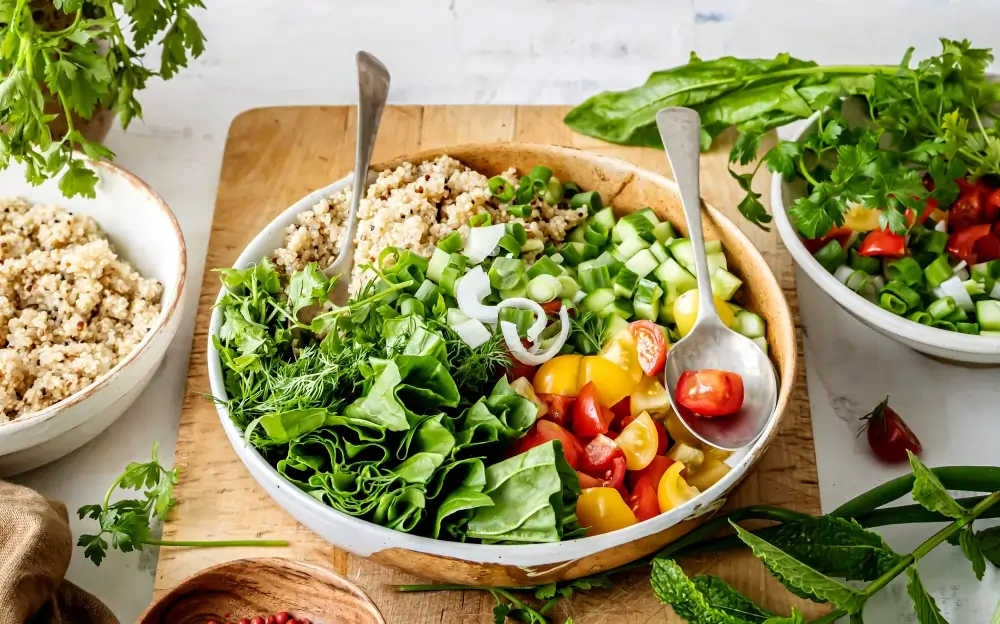Introduction
Managing diabetes while following a vegan lifestyle requires thoughtful planning and balanced nutrition. Fortunately, a plant-based diet can be incredibly beneficial for blood sugar management when properly structured. By incorporating the right ingredients, it is possible to create nutritious, flavorful, and satisfying meals that support stable glucose levels. This article provides an extensive collection of vegan diabetic recipes along with essential tips to maintain a well-rounded diet.
Benefits of a Vegan Diet for Diabetics
A vegan diet emphasizes whole, plant-based foods that are naturally rich in fiber, vitamins, and minerals. For diabetics, this approach offers several advantages:
- Improved Blood Sugar Levels: Fiber-rich foods help slow glucose absorption, preventing sharp spikes in blood sugar.
- Heart Health: A plant-based diet supports cardiovascular well-being by reducing cholesterol levels and improving blood circulation.
- Weight Management: Vegan meals are often lower in calories, making it easier to maintain a healthy weight, which is crucial for diabetes control.
- Anti-Inflammatory Benefits: Whole plant foods contain antioxidants that help reduce inflammation, a major contributor to insulin resistance.
- Lower Glycemic Load: Plant-based meals, particularly those rich in legumes, vegetables, and whole grains, promote stable blood sugar levels.
Key Nutrients for Diabetics
To effectively manage diabetes on a vegan diet, it is essential to focus on key nutrients that support glucose control and overall well-being:
- Fiber: Found in whole grains, legumes, vegetables, and nuts, fiber slows digestion and stabilizes blood sugar.
- Protein: Vital for muscle maintenance, plant-based sources include lentils, chickpeas, tofu, tempeh, and nuts.
- Healthy Fats: Essential for heart health, sources include avocados, chia seeds, flaxseeds, and nuts.
- Magnesium: Supports insulin function and is abundant in leafy greens, almonds, and seeds.
- B Vitamins: Necessary for energy metabolism, these are found in fortified plant-based products and whole grains.
Essential Ingredients for Vegan Diabetic Cooking
A well-stocked kitchen with diabetes-friendly ingredients ensures quick and healthy meal preparation. Some must-have items include:
- Whole Grains: Quinoa, barley, brown rice, and whole wheat pasta
- Legumes: Lentils, chickpeas, black beans, and green peas
- Vegetables: Leafy greens, bell peppers, carrots, cauliflower, and zucchini
- Healthy Oils: Olive oil, avocado oil, and coconut oil
- Plant-Based Proteins: Tofu, tempeh, seitan, and edamame
- Low-Glycemic Fruits: Berries, apples, pears, and oranges
- Nuts and Seeds: Walnuts, almonds, flaxseeds, chia seeds, and pumpkin seeds

Breakfast Recipes
Starting the day with a balanced, fiber-rich breakfast sets the tone for optimal blood sugar control. Try these simple yet satisfying options:
1. Chia Seed Pudding
- Ingredients:
- 3 tbsp chia seeds
- 1 cup unsweetened almond milk
- 1 tsp vanilla extract
- ½ tsp cinnamon
- ½ cup mixed berries
- Instructions:
- Mix chia seeds, almond milk, vanilla extract, and cinnamon in a bowl.
- Let it sit overnight in the refrigerator.
- Top with fresh berries before serving.
2. Tofu Scramble
- Ingredients:
- ½ block firm tofu
- ½ cup spinach
- ½ bell pepper, diced
- ½ tsp turmeric
- 1 tbsp olive oil
- Salt and pepper to taste
- Instructions:
- Heat olive oil in a pan and sauté bell pepper.
- Crumble tofu into the pan and add turmeric.
- Stir in spinach and cook for 5 minutes.
- Season with salt and pepper.
Snacks and Sides
Balanced snacks help keep blood sugar stable throughout the day. Consider these options:
- Hummus with Veggie Sticks: High in protein and fiber.
- Almond Butter on Whole Grain Crackers: A satisfying combination of healthy fats and complex carbs.
- Roasted Chickpeas: A crunchy, protein-rich snack with a hint of spice.

Dessert Options
Satisfy sweet cravings without causing blood sugar spikes with these diabetes-friendly vegan desserts:
1. Avocado Chocolate Mousse
- Ingredients:
- 1 ripe avocado
- 2 tbsp cocoa powder
- 1 tbsp maple syrup
- ½ tsp vanilla extract
- Instructions:
- Blend all ingredients until smooth.
- Refrigerate for 30 minutes before serving.
2. Berry Chia Parfait
- Ingredients:
- ½ cup mixed berries
- ¼ cup chia pudding
- 1 tbsp crushed almonds
- Instructions:
- Layer chia pudding and berries in a glass.
- Top with crushed almonds.
Meal Planning Tips
A structured meal plan ensures balanced nutrition and stable blood sugar levels:
- Plan Ahead: Prepare meals in advance to avoid unhealthy choices.
- Balance Macros: Incorporate fiber, protein, and healthy fats in every meal.
- Portion Control: Keep serving sizes in check to maintain blood sugar stability.
- Stay Hydrated: Drinking enough water supports digestion and metabolism.
How to Make Vegan Diabetic Meals Tasty
Enhance flavors without adding sugar or unhealthy fats:
- Use Herbs and Spices: Turmeric, cumin, garlic, and basil add depth to dishes.
- Try Citrus Zest: Lemon or lime juice brightens up flavors.
- Incorporate Nutritional Yeast: It provides a cheesy, umami taste to dishes.
Foods to Avoid
Steer clear of items that can cause glucose fluctuations:
- Refined Grains: White bread, white rice, and pastries.
- Sugary Beverages: Sodas, sweetened teas, and energy drinks.
- Highly Processed Snacks: Chips, cookies, and fast food.
- Excessive Starches: Potatoes, white pasta, and high-carb foods.
Expert Tips for Managing Diabetes on a Vegan Diet
- Monitor Blood Sugar Regularly: Tracking glucose levels helps in adjusting meals.
- Choose Low-Glycemic Carbs: Stick to whole grains and fiber-rich vegetables.
- Stay Active: Regular physical activity supports insulin sensitivity.
- Limit Processed Vegan Foods: Many packaged vegan items contain hidden sugars and unhealthy fats.
FAQs
What do vegans eat when diabetic?
Vegans with diabetes can enjoy a variety of nutritious and blood sugar-friendly foods. These include whole grains like quinoa, barley, and brown rice, legumes such as lentils, chickpeas, and black beans, and low-glycemic vegetables like leafy greens, bell peppers, and zucchini. Additionally, healthy fats from avocados, nuts, and seeds, as well as plant-based proteins like tofu, tempeh, and seitan, are excellent choices. Avoiding refined grains, sugary foods, and processed items helps maintain stable blood sugar levels.
How to stabilize blood sugar on a vegan diet?
Stabilizing blood sugar on a vegan diet involves consuming fiber-rich foods, balancing macronutrients, and ensuring portion control. Choosing low-glycemic carbohydrates, such as whole grains and legumes, helps prevent blood sugar spikes. Healthy fats from nuts, seeds, and olive oil slow digestion, leading to steady glucose release. Consuming protein-rich foods, such as tofu, tempeh, and beans, supports muscle maintenance and metabolic balance. Staying hydrated and engaging in regular physical activity also play crucial roles in maintaining blood sugar stability.
What is a plant-based breakfast for diabetics?
A diabetes-friendly plant-based breakfast should be rich in fiber, protein, and healthy fats to promote stable blood sugar levels. Some excellent options include:
- Chia Seed Pudding: Chia seeds soaked in almond milk with cinnamon and berries.
- Tofu Scramble: Crumbled tofu cooked with spinach, turmeric, and bell peppers.
- Oatmeal with Nuts and Seeds: Whole oats with walnuts, flaxseeds, and almond butter.
- Smoothie with Protein: A blend of unsweetened plant-based milk, spinach, chia seeds, and a handful of berries.
What are the vegetarian recipes for diabetics?
There are many vegetarian recipes that support blood sugar control while providing essential nutrients. Some delicious options include:
- Lentil and Vegetable Soup: A fiber-rich soup made with lentils, carrots, celery, and tomatoes.
- Quinoa and Black Bean Salad: A protein-packed salad with avocado, bell peppers, and a lemon dressing.
- Stuffed Bell Peppers: Peppers filled with brown rice, black beans, and spices.
- Zucchini Noodles with Pesto: Spiralized zucchini topped with a homemade basil and walnut pesto.
- Baked Sweet Potatoes with Hummus: Roasted sweet potatoes paired with protein-rich hummus and sesame seeds.
Do vegans have a higher risk of diabetes?
No, vegans generally have a lower risk of developing diabetes compared to those who consume animal products. A plant-based diet is naturally high in fiber, antioxidants, and healthy fats, which help improve insulin sensitivity and reduce inflammation. Studies have shown that vegans tend to have lower body mass indexes (BMIs), which is a key factor in preventing type 2 diabetes. Additionally, whole plant foods promote better blood sugar regulation by preventing spikes and crashes. However, it is important for vegans to maintain a balanced diet, avoiding highly processed foods, excessive refined carbohydrates, and sugary products that can contribute to insulin resistance.
Conclusion
Following a vegan diabetic diet can be both nutritious and delicious with careful planning. By incorporating fiber-rich foods, healthy proteins, and essential nutrients, maintaining stable blood sugar levels becomes manageable. With the right recipes, meal strategies, and expert tips, a plant-based diabetic diet can support both short-term and long-term health goals.

